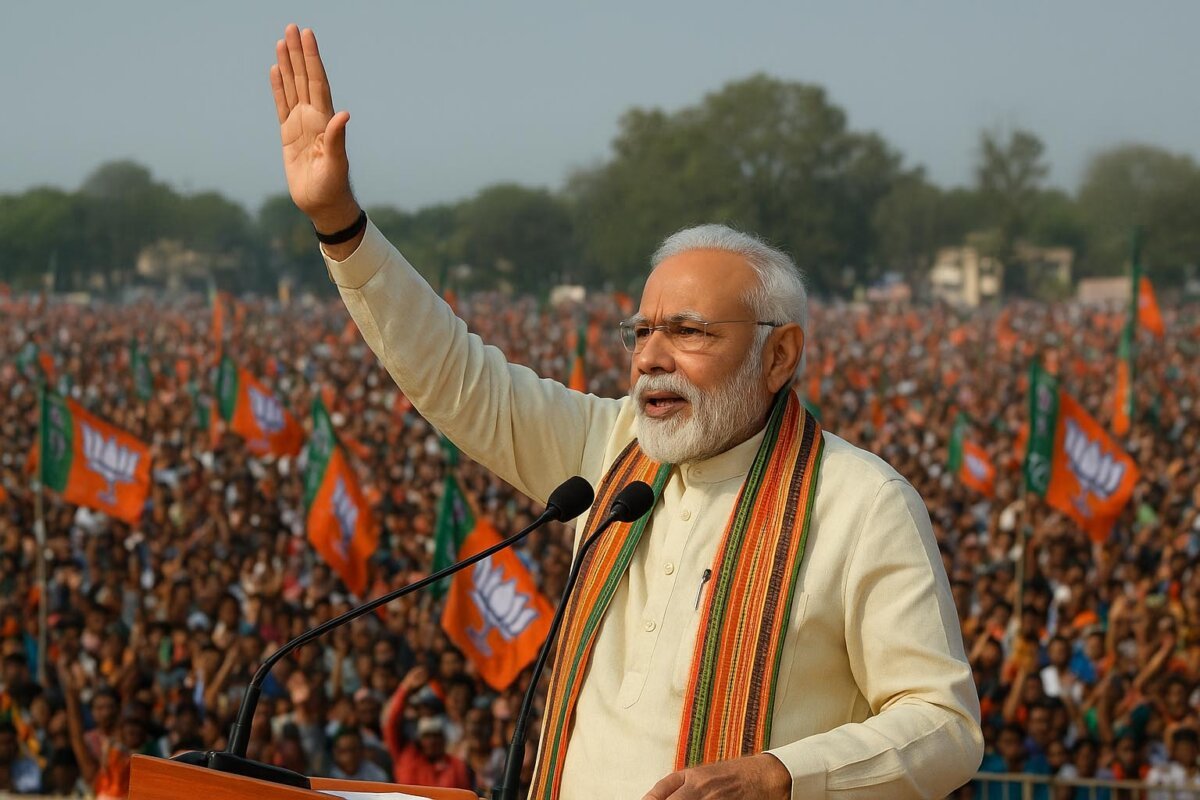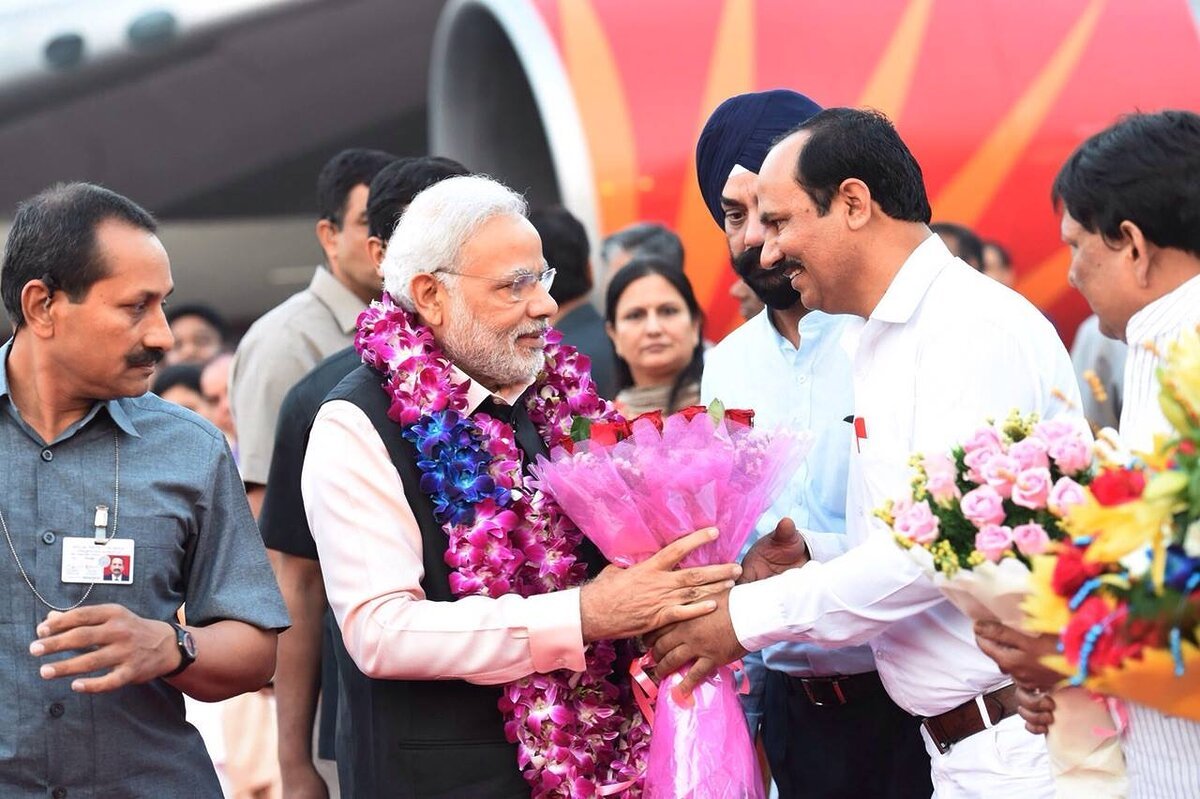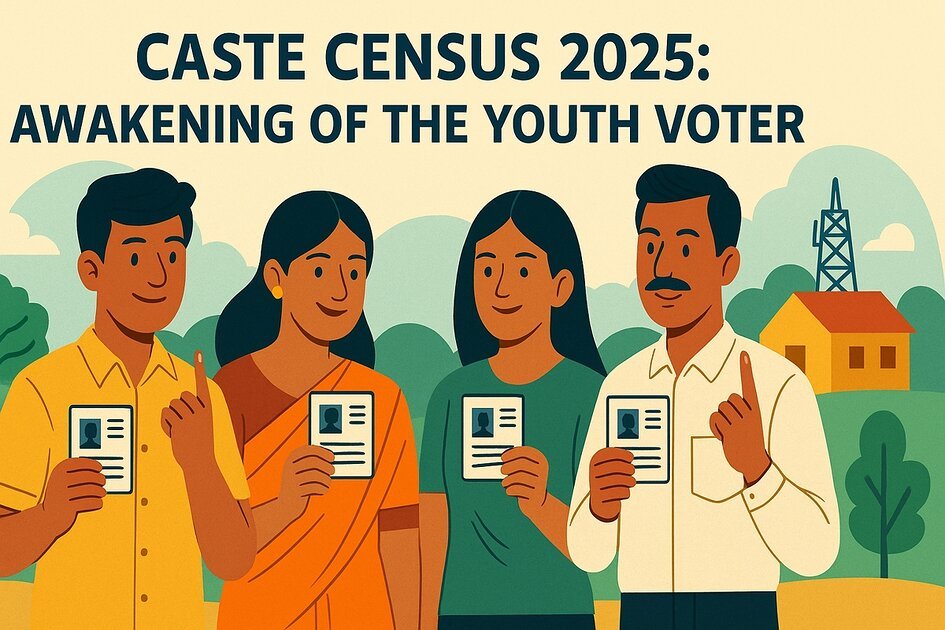GST 2.0 India is a landmark tax reform that simplifies the Goods & Services Tax structure into three slabs — 5% for essentials, 18% for most goods and services, and 40% for luxury and sin items. This overhaul is expected to reshape household budgets, small business margins, and festive shopping patterns across the country.
India’s government has pushed through a sweeping revamp of the Goods & Services Tax — popularly called GST 2.0 — that simplifies the rate structure, seasons out multiple slabs and introduces a new high rate for luxury and sin goods. The reform is explicitly intended to boost consumption, ease compliance and realign indirect taxation with current consumption patterns. The changes create winners and losers — and households, small traders and festival markets will feel those effects immediately and into the coming quarters.
GST 2.0 India — What Has Changed in the New Tax Regime
The new regime reduces the active number of main GST slabs to two widely used rates — ~5% (essentials) and 18% (standard goods and services) — while creating a special 40% slab for sin & luxury goods. The government says these changes take effect from September 22, 2025 and will remove several additional cesses and ad-hoc levies to simplify the tax architecture. The centre estimates a fiscal cost to the exchequer but expects higher growth and improved compliance to partially offset that loss.
Quick summary — winners and losers (short)
- Likely winners: consumers of many packaged goods, basic electronics, small cars and some household durables, as tax rates fall for several mass-market items. Businesses that sell essentials could see higher volume demand. The Economic Times
- Likely losers / higher cost: buyers of high-end luxury items, certain tobacco products and high-end vehicles which will sit under the new 40% slab. Some premium lifestyle purchases will become costlier. The Times of India+1

GST 2.0 India and Its Impact on Middle-Class Families
1. Everyday expenses
Several essential and semi-essential items have been moved to the lower slab or had taxes rationalized. That should reduce the VAT component visible at point of sale for items like packaged food (in some categories), toiletries and selected household goods. Lower taxes on these items directly ease monthly household budgets — especially for dual-income middle-class families where discretionary spending is a big budget line.
2. Big-ticket purchases
For items such as cars, home appliances and premium electronics the picture is mixed. The simplification removes layered cesses that previously pushed effective taxation higher on some big cars, which — paradoxically — can result in lower effective prices for some mid and large vehicles even after the new 40% luxury rate, because additional cesses are being removed and the tax architecture overall is simpler. Several carmakers have already announced price adjustments in response. This will affect EMIs, second-hand valuations and aspirational buying cycles. The Economic Times+1
3. Festive & wedding spending
GST 2.0 India — Festivals and wedding seasons drive a concentrated burst of discretionary spending. Under GST 2.0:
- Mass-market clothing, jewellery (where adjusted), basic décor items and many packaged gifts could become cheaper or more tax-transparent — encouraging higher volumes during sales periods.
- Premium wedding services, designer clothing and luxury décor will face a heavier tax burden, pushing some high-end buyers to either downscale or delay purchases.
Overall, middle-class households that buy a mix of essentials and a few discretionary festival items stand to gain a modest relief at the margin, while aspirational luxury splurges will be more expensive. Reuters and FT reporting highlight this mixed effect. Reuters+1
GST 2.0 India — Effects on Small Businesses and MSMEs
1. Compliance relief and input credit clarity
GST 2.0 India — A simplified slab structure reduces classification disputes and can lower compliance costs for small traders and MSMEs that currently grapple with ambiguous tax bands. Simpler rates help standardize invoicing and input tax credit calculations, reducing litigation and administrative drag. Industry consultancies have highlighted this as a potential long-term gain for small firms. Grant Thornton Bharat
2. Price competition & margin pressure
GST 2.0 India — While lower taxes on many mass-market items could expand demand, margin benefits will not be uniform. Small businesses that sell luxury or premium products will see sales pressure if higher end prices suppress demand. Conversely, small retailers of essentials and mid-range durable goods may see higher footfall and volumes, offsetting price compression.
3. Sectoral winners: retail, FMCG, budget automotive
GST 2.0 India — Retail chains, FMCG players and manufacturers of small cars and basic household electronics are likely to benefit from higher real disposable incomes and clearer tax pass-through rules. The government’s instruction to firms to publish revised prices aims to force transparent pass-through to consumers. The Economic Times
GST 2.0 India During Festivals and Weddings
Weddings & services
GST 2.0 India — Weddings often bundle high-value services (designer wear, premium catering, luxury venues). GST 2.0’s 40% slab will raise the invoice totals for these premium components; wedding planners and premium vendors may need to rethink packages or offer more tiered options to retain clients.
Clothing & apparel
The sector will bifurcate: mass-market garments (many under 18% or 5%) may see price softening and stronger volumes, while designer labels and couture may experience a demand tempering due to higher taxation.
Automobiles
GST 2.0 India — Several manufacturers have announced price cuts that reflect the removal of cesses and reclassification of some models into lower effective tax rates. Entry and compact cars are generally better off; large luxury vehicles face the 40% slab. Early price announcements from automakers show retailers are expected to pass on benefits quickly. The Economic Times+1
Consumer electronics & durables
White goods and select consumer durables are among sectors slated for lower effective GST rates, improving affordability and possibly fueling replacement cycles. This is likely to boost retail sales ahead of the festive season.
Long-Term Outlook of GST 2.0 India for the Economy
Short term (0–3 months)
- Price lists will be revised, causing temporary confusion and rapid price tag updates. Consumers will hunt for deals; retailers will run promotional campaigns to capture demand. Government directives require companies to publish revised prices, helping transparency. The Economic Times
Medium term (3–12 months)
- Demand could normalize upward in categories that became cheaper. MSMEs that streamline compliance could lower operating costs. Luxury segments might see a temporary dip or a re-pricing of premium services.
Long term (1–3 years)
- If the growth assumptions hold, increased consumption could partly offset the fiscal cost of the reform; product markets could consolidate, and overall compliance may improve if the GST framework stays simpler and disputes reduce. FT estimated a fiscal cost to the exchequer as part of this reform package. Financial Times
GST 2.0 India — Practical advice for households and small businesses
For households
- For big purchases (cars, appliances), compare pre- and post-GST total on-road prices including revised dealer offers.
- During festival shopping, prioritize essentials and mid-range items likely to see genuine price cuts; expect higher prices for premium goods.
For small businesses & retailers
- Update accounting systems and pricing lists immediately; ensure invoices and input tax credits are handled per the new slabs.
- Communicate changes clearly to customers (display revised prices and pass-through savings transparently).
- Revisit supplier contracts and renegotiate margins reflecting the new tax reality.
GST 2.0 India — Policy rationale & public finance note
The government frames GST 2.0 as a move to simplify taxation, reduce classification disputes, and stimulate demand in key sectors — a policy partially aimed at offsetting external headwinds such as trade frictions and tariffs. Analysts warn about the short-term fiscal impact (estimates vary; some reports cite fiscal costs in tens of thousands of crores) but also note the possible growth dividends from higher consumption and improved compliance. Deccan Herald+1
GST 2.0 is a bold re-engineering of India’s indirect tax architecture. For the middle class it offers modest relief on everyday goods and mixed effects on big discretionary purchases. For small businesses, the promise is lower compliance complexity but sectoral impacts will vary — some will gain market demand, others will adjust to higher taxes on premium items. The immediate festive season will be a live test: mass-market retailers and FMCG players should see a boost, while luxury segments recalibrate. Policymakers and businesses must both act quickly to ensure price transparency and equitable pass-through of tax changes to consumers.
Key sources: GST 2.0 India — Financial Times (analysis of GST 2.0 & fiscal costs), Reuters (winners/losers and slab details), Economic Times (sectoral reactions), industry commentaries (Grant Thornton, GrantThornton India). Financial Times+2Reuters+2
AryaLekh (DoFollow) :
- Beauty Parlor Industry 2025: Prices, GST, Hygiene & Growth Trends
- Anil Ambani ED Raid: Crash, Raids & Contrasts – Shocking Differences Between Mukesh and Anil Ambani in 2025
- Powerful Surge: Indian Stock Market Today – Nifty & Sensex Climb 215+ Points Amid US Trade Uncertainty
- Breakthrough Startup Surge in India: RBI’s Bold Cybersecurity Overhaul Defines 2025
- Top E-commerce and Finance Trends 2025 That Will Redefine the Future
- Union Budget 2025: EPF Reforms, New Pension Schemes, and Job








